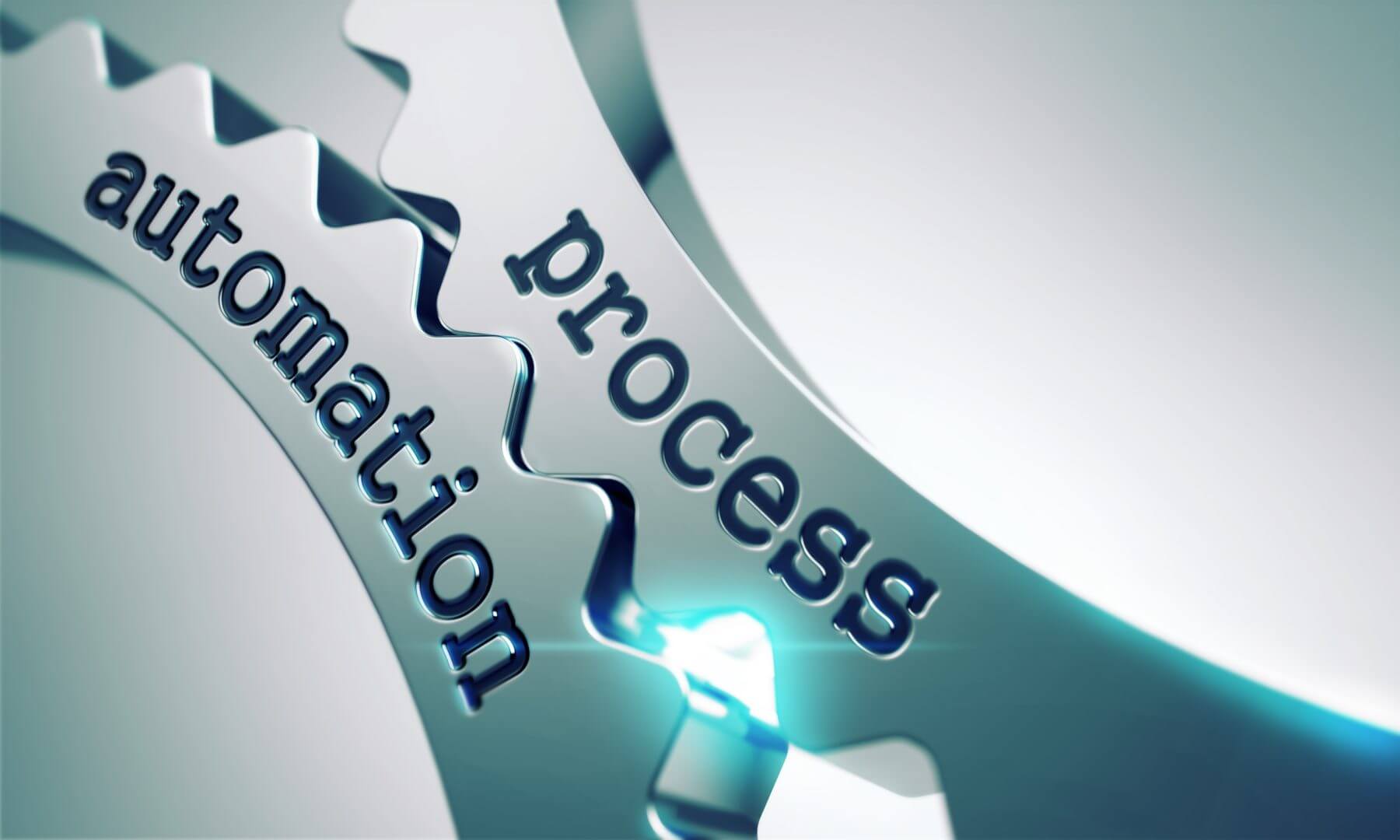Marketing automation struggles to reach its full potential
Marketers are rushing to adopt marketing automation platforms, but many are unable to implement it effectively. Columnist Mary Wallace explores the reasons for this.
Marketing automation is on the rise. The reason? Marketing automation vendors are promising accelerated revenue and improved ROI (return on investment).
How will it do this? With lead nurture campaigns that provide specific content aligned to the buyer’s needs and lead scoring models that deliver warmed leads to the sales team.
Yet a majority of marketing organizations are not using their highly sophisticated marketing automation tools to their full potential. It’s mortifying to the marketers in the trenches trying to do what’s right.
Worse, it’s beyond frustrating to the C-suite who invested in a tool with such promise. Remember, they agreed to the tool purchase based on expected results like 14.5 percent increase in sales productivity or a 12.2 percent reduction in marketing overhead, or a 451 percent increase in qualified leads.
While the C-suite has bought into marketing automation, a struggle remains where the rubber hits the road. Executing on campaigns that leverage behavioral information and the segmentation components of marketing automation remains almost impossible.
Marketers labor to shift strategy
Marketing automation has largely evolved from email marketing, the world of “batch and blast” that we were all used to. The bigger the blast, the more conversions realized.
Moving from an email engagement strategy to one that involves personal contact across multiple channels, taking into account behavioral insights, is risky. Not only is the send size smaller, but more effort is required to set up a complex campaign that has no guarantee of success.
In a recent survey by Ascend2, 52 percent of respondents indicated that the absence of an effective strategy is the most significant barrier to success with marketing automation. The likely cause? The buying cycle has changed significantly in recent years, and organizations are struggling to keep up. There is a lack of understanding on how to align automated marketing messages with behavioral activity, and this cannot be addressed by automating old processes.
Without a step back to lay the groundwork, nothing will change; marketing organizations will continue to automate outdated practices and to think in terms of outmoded buying journeys. Change will only come with new internal processes and aligning buying behavior with the appropriate automated response based on the markers of a shifted buyer’s journey.
Weak content frays the seams of marketing automation
To realize its promise, marketing automation needs content. Mountains and mountains of content. Strong, specific content that is aligned to a single buying cycle, persona and need.
In fact, 31 percent of respondents to that same Ascend2 survey cited “lack of relevant content” as one of the most significant barriers to realizing the benefits of marketing automation. That’s a staggering percent given the amount of content being developed each year.
One of the problems with all the content being developed is that it doesn’t attempt to build a relationship or connection with the buyer. Much of today’s content talks about a company’s products and what its features and functions do. It doesn’t talk about buyer needs and how to help them.
Buyers also have changed the paradigm. They are now self-educating through an almost unlimited number of channels, avidly devouring content to find a solution. While marketing automation can reach these various networks, the content delivered must be appropriate for the channel.
Content marketing and marketing automation are not silos within a marketing organization. To realize the promise of marketing automation and maximize the ROI of content marketing, these teams must work in tandem.
A strategic map of content for an always-on marketing automation engine is a must. And just as important, the content strategy must align with the actual customer journey.
Poor data quality hinders marketing success
Marketing automation is built on the back of data — demographic data like industry and job function, as well as engagement data like website visits and content downloads. To get near the expected ROI, lead velocity and sales, the data must be fresh, clean, accurate and actionable.
Unfortunately, inaccurate and out-of-date data, gaps in information and poorly integrated data continues to compromise the core objectives of marketing automation. In fact, it’s so bad that a recent SiriusDecisions study found that 10 percent to 25 percent of the average B2B marketer’s database is inaccurate. And an Openprise study from last year found that half of respondents with a marketing automation platform “place data hygiene as their top data challenge … because of inaccuracy, incompleteness or outdated info.”
The impact? Bad data hinders marketing automation’s ability to create relevant, timely and engaging communications. Worse still, marketing processes driven by bad data actually damage customer relationships.
The data quality issue stems from a lack of knowledge. Marketers are not data scientists; in other words, “they lack the skill to analyze data to gain useful insights.”
At the same time, there are process holes that, if tightened up, will pave the way to improved data quality. Scott Vaughan, CMO of software provider Integrate, recommends that marketers do the following:
- Understand where and how data sources converge.
- Implement a mindset of standardization.
- Integrate systems.
- Automate data verification and cleansing.
Will marketing automation live up to its potential in the next five years? Absolutely. But critical to that success is solving the underlying issues that marketing automation can’t control.
Opinions expressed in this article are those of the guest author and not necessarily MarTech. Staff authors are listed here.
Related stories
